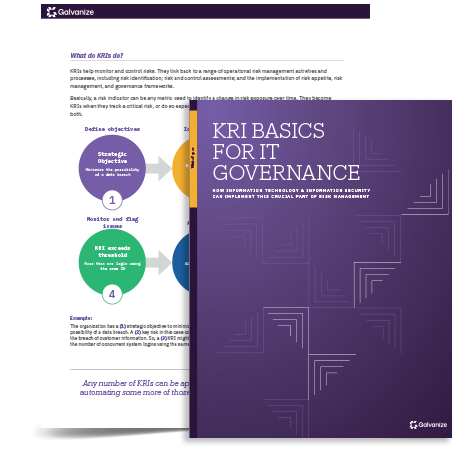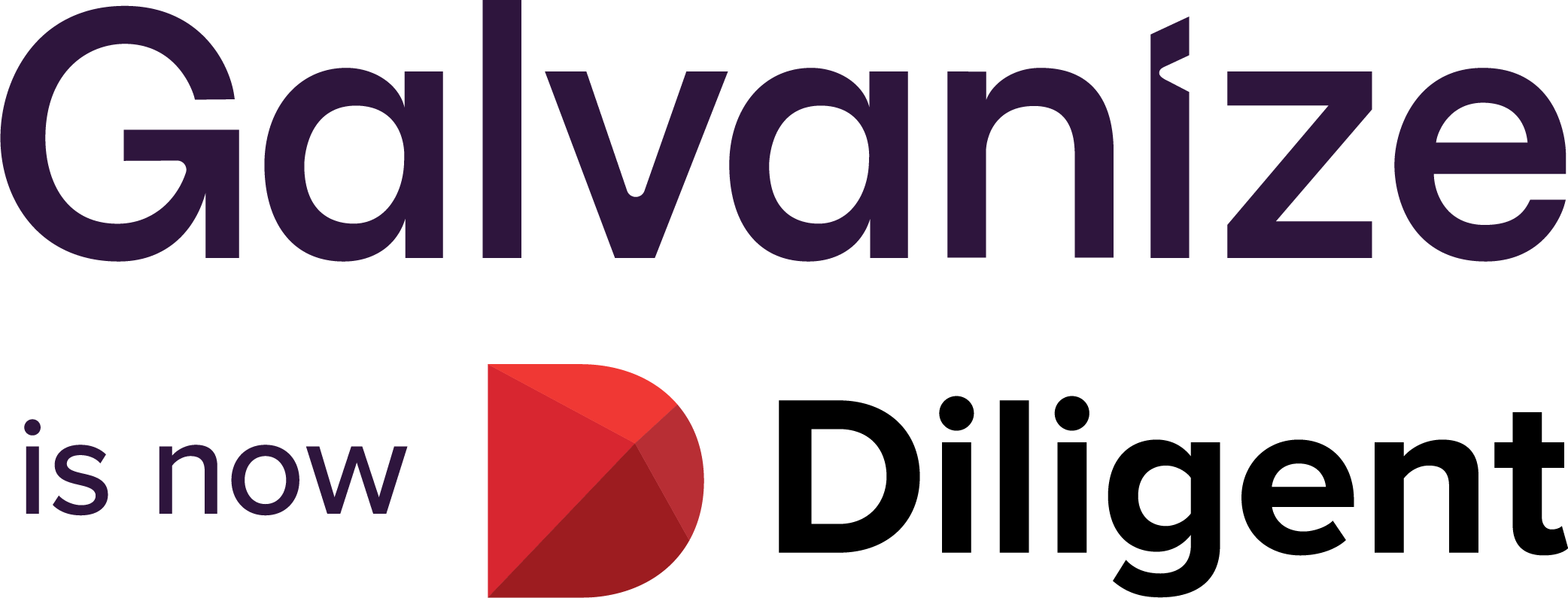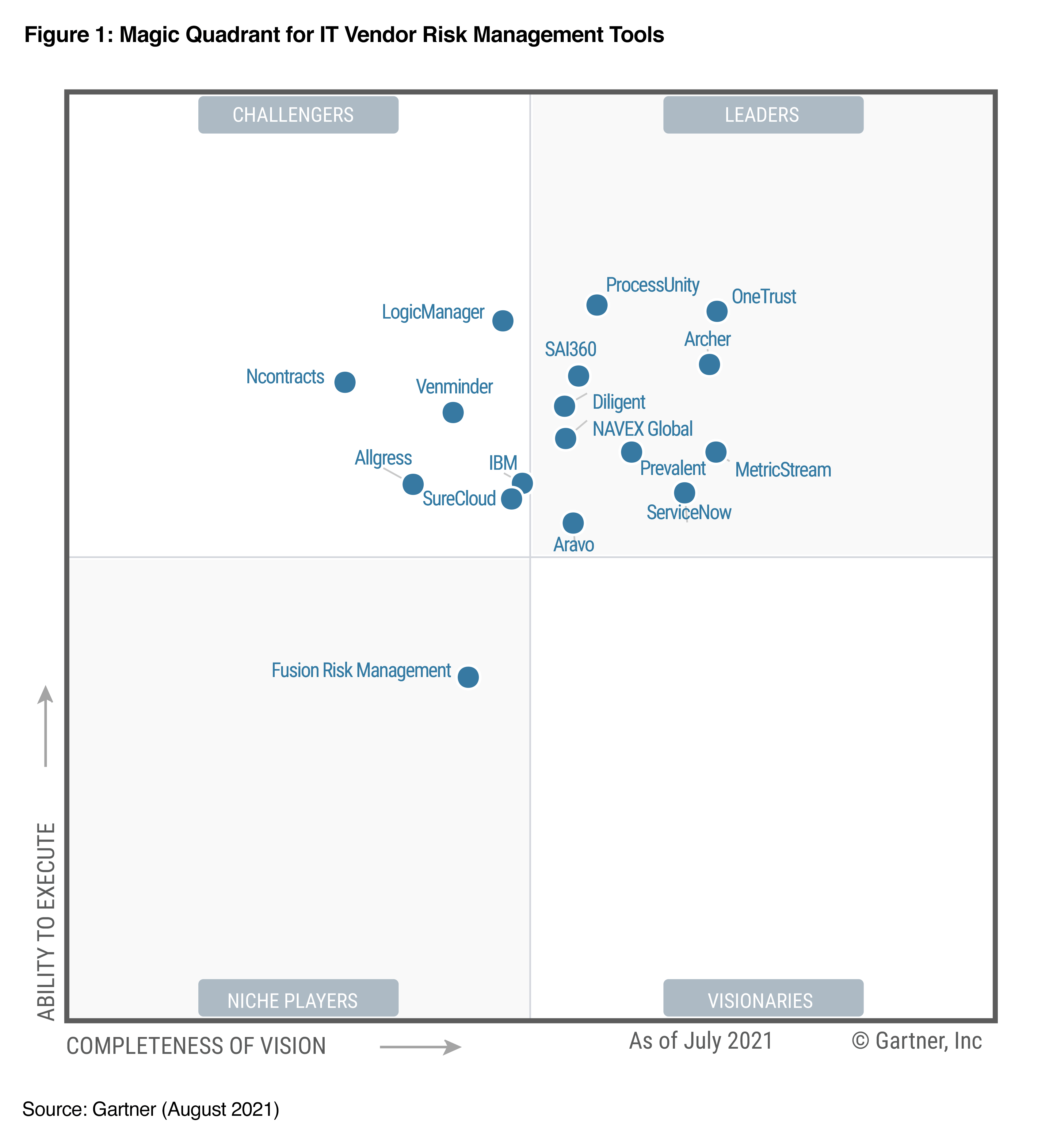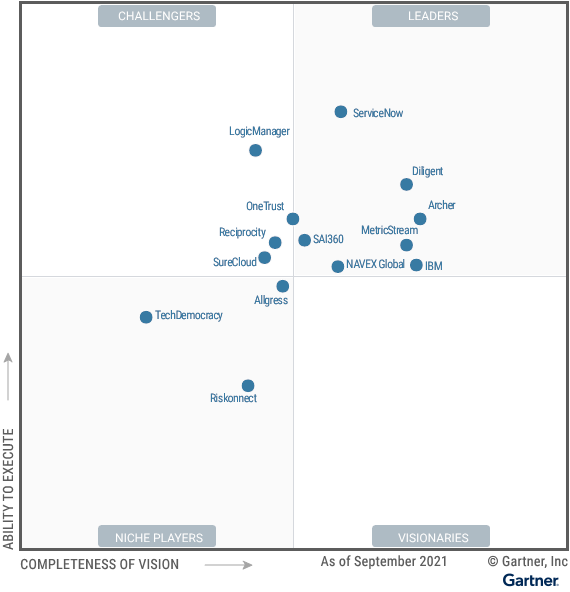Historically, many organizations have been at a slow pace when it comes to digital transformation. Although manual processes were still adequate for many teams’ purposes, they were tedious—and many organizations didn’t want to deal with the cost, disruption, or hiring and training needs associated with migrating to a new system or process. In fact, Forrester reported that only 15% of companies would rank as “digital savvy” prior to last year.
In the wake of the COVID-19 pandemic, things have changed, and Forrester predicts that all companies will invest heavily in technology initiatives, including more spending on security, risk, network, cloud, and mobility solutions. Prioritizing digital transformation gives organizations the ability to accelerate growth, improve productivity, and have better access to data.
While digital transformation can provide benefits around a wide variety of functions, including process automation in the workflow or improved insights on quality control, it can be highly valuable for upgrading the risk management function.
What is digital risk management?
Digital risk management refers to digital processes for improving the evaluation and monitoring of risk—which may include cybersecurity risk, third-party risk, operational risk, and numerous other types of risk. These risks can impact the organization’s financial performance, operation, or reputation.
A digital risk management solution can include the use of process automation, decision automation, digitized monitoring, and early warning systems, and it can provide in-depth analytics to help your organization better monitor your compliance status and current threat level for all risk factors.
Why move from manual to digital?
Many organizations haven’t updated their risk management processes in many years; instead, they rely on manual review processes for monitoring risks and for ensuring compliance with regulatory standards. This system can be slow, it involves duplication and redundancy across teams and departments, and it leaves a lot of room for human error. It relegates your subject matter experts to filling out spreadsheets, crunching numbers, and responding to emails, rather than performing the high-level strategic work that would move your organization forward.
As a result, threats may not be detected in a timely manner, leading to security breaches and other risks that could have been mitigated with an automated early warning system. This can cause considerable damage to both your operational efficiency and your organization’s reputation. Regulatory standards may also be overlooked, leading to government fines and penalties.
By digitizing your risk management process, you can remove the silos and ensure that your teams can actually talk to one another. The right digital risk management solution will provide clear visibility of current threats as well as remediations that may be needed, shortening the time it takes to respond to threats. And rather than sending compliance managers to perform constant site checks, you can rely on digitized self-reporting and automated notifications for many compliance standards, improving workplace productivity and improving compliance throughout the organization.
A digital risk management solution is an integrated platform that works seamlessly for distributed teams, enabling them to access customized views based on their unique needs. It also provides a comprehensive dashboard that showcases compliance status, risk levels, and actions required. By using industry-standard and proprietary algorithms, your team can automate much of the data analysis work that would have been done manually in the past. Employees can also take ownership of self-reporting on compliance evaluations, freeing compliance managers from a heavy reporting burden and giving them the opportunity to focus on strategic initiatives.
A digital risk management solution supported by artificial intelligence helps an organization to streamline efficiencies, gain improved data insights, and identify and remedy threats faster.
Key features of a digital risk management solution
Organizations may use one or a number of software tools for managing and mitigating their risk exposure. Some of the important features needed in a technology solution for managing risk include:
- Automated risk assessment
A digital risk management system should provide ongoing automated risk assessments for your organization’s identified risks, based on monitored risk indicators. For instance, one key risk indicator might be the percentage of scheduled maintenance activities, like software patching, that did not take place—if this number goes above a set threshold, that could be considered an operational risk, and the system will send out an early warning signal to the relevant managers. - Risk prioritization
Your solution should include the ability to calculate your risk appetite for each foreseeable risk as well as the impacts of each risk, and then prioritize your mitigation plans accordingly. - Real-time risk reporting
Your solution should integrate with real-time data feeds, which might include data such as system outage notices, credit risk reports, and other industry- and risk-specific data points. - Integration across 3LoD
The three lines of defense traditionally include operational controls (1LoD), risk management and compliance (2LoD), and risk assurance (3LoD). In many organizations, the three lines operate relatively independently, which may create redundancies or lead to miscommunication between lines. An integrated digital risk management solution will bring the 3LoD functions together into a unified team, ensuring that all three lines have access to the same data, and that all metrics are evaluated based on the same scoring criteria. - Intuitive for all users
A digital risk management solution should be intuitive for all users across all 3LoD functions, not just specialized technical staff. Your team members should be able to easily set triggers, respond to alerts, and gather relevant analytics data for further evaluation. This will help you to enable a better collaboration environment and give your team the tools to lead with a refined strategy.
In an era of uncertainty, with cybersecurity threats advancing by the day, putting a best-in-class risk management solution in place is critical for ensuring the sustainability and growth of your organization. By choosing a digital risk management solution, you’ll be well-prepared to make the most of technology to keep your organization protected from any threat.
White Paper:
KRI Basics for IT Governance
This white paper addresses some of the most common challenges of implementing, managing, and maintaining key risk indicators (KRIs) within your IT department.
You'll learn:
- the purpose and role of KRIs
- the difference between KPIs, KRIs and KCIs
- example KRIs to get you started









